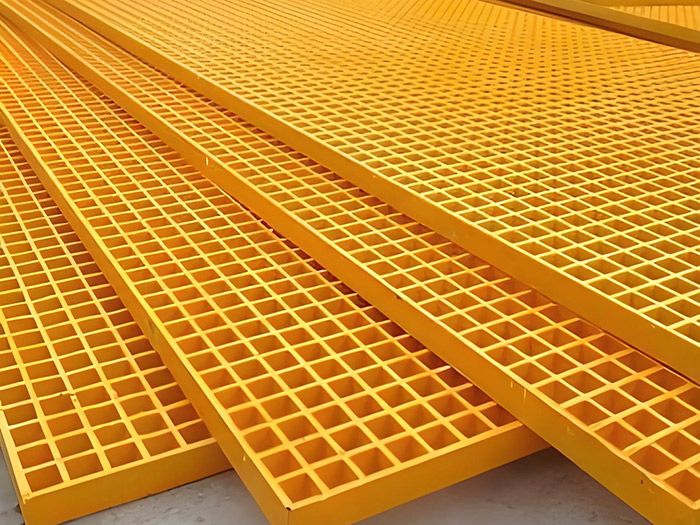FRP Structures System for Power Plants: Enhancing Durability and Efficiency in the Energy Sector

Introduction
Power plants are the backbone of the energy sector, providing electricity to millions worldwide. However, these facilities face numerous challenges, including harsh environmental conditions, mechanical stress, and corrosion. Traditional steel or concrete structures often require frequent maintenance, leading to high costs and operational downtime. To address these issues, Fiber Reinforced Polymer (FRP) structures have emerged as a revolutionary solution. But what exactly are FRP structures, and how do they enhance durability and efficiency in power plants? This article explores the benefits, potential challenges, and future prospects of FRP structures in the energy sector.
What Are FRP Structures?
FRP structures, also known as composite structures, are made from a combination of fibers (such as carbon or glass) and a polymer matrix (like epoxy or polyester). These materials offer superior strength-to-weight ratios, corrosion resistance, and thermal stability compared to traditional materials. In power plants, FRP structures can be used for various applications, including support beams, cooling towers, and containment vessels.
Enhancing Durability in Harsh Environments
One of the primary advantages of FRP structures is their ability to withstand extreme conditions. Power plants often operate in environments exposed to high temperatures, humidity, chemical exposure, and seismic activity. Steel structures can rust, while concrete can crack under pressure. FRP, however, remains unaffected by corrosion and maintains its integrity even in aggressive settings.
For instance, FRP cooling towers can resist microbial growth and thermal stress, reducing the need for frequent repairs. Similarly, FRP containment vessels in nuclear power plants offer enhanced safety by preventing leaks and radiation exposure. These features make FRP structures a cost-effective long-term investment for power plant operators.
Improving Efficiency and Performance
Beyond durability, FRP structures contribute to operational efficiency. Their lightweight nature reduces the load on foundations, allowing for easier installation and modifications. Additionally, FRP materials have high thermal insulation properties, which can lower energy consumption in cooling systems.
A study by the International Journal of Engineering Research and Applications found that FRP cooling towers can achieve up to 20% energy savings compared to traditional designs. This efficiency gain not only reduces operational costs but also minimizes the plant’s environmental footprint.
Potential Challenges and Solutions
Despite their benefits, FRP structures are not without challenges. One concern is their higher initial cost compared to conventional materials. However, when lifecycle costs are considered—factoring in maintenance and repair expenses—FRP proves to be more economical.
Another challenge is the lack of standardized installation practices. To address this, industry collaborations and technical guidelines are being developed to ensure proper application and quality control. Additionally, advancements in manufacturing techniques are making FRP more affordable and accessible.
Share Your Insights
Have you worked with FRP structures in power plants? What challenges did you face, and how were they overcome? Sharing your experiences can help the industry grow and improve. Leave a comment below to contribute to this discussion!
Future Prospects
The demand for FRP structures in power plants is expected to rise as the energy sector transitions toward renewable and sustainable solutions. Innovations in composite materials and smart monitoring systems could further enhance their performance. By adopting FRP, power plants can achieve greater reliability, efficiency, and environmental sustainability.
Conclusione
FRP structures represent a forward-thinking solution for enhancing durability and efficiency in power plants. Their resistance to corrosion, lightweight design, and cost-effectiveness make them ideal for demanding energy environments. While challenges exist, ongoing research and industry efforts are paving the way for widespread adoption. As the energy sector evolves, FRP structures will play a crucial role in building a more resilient and sustainable future.







